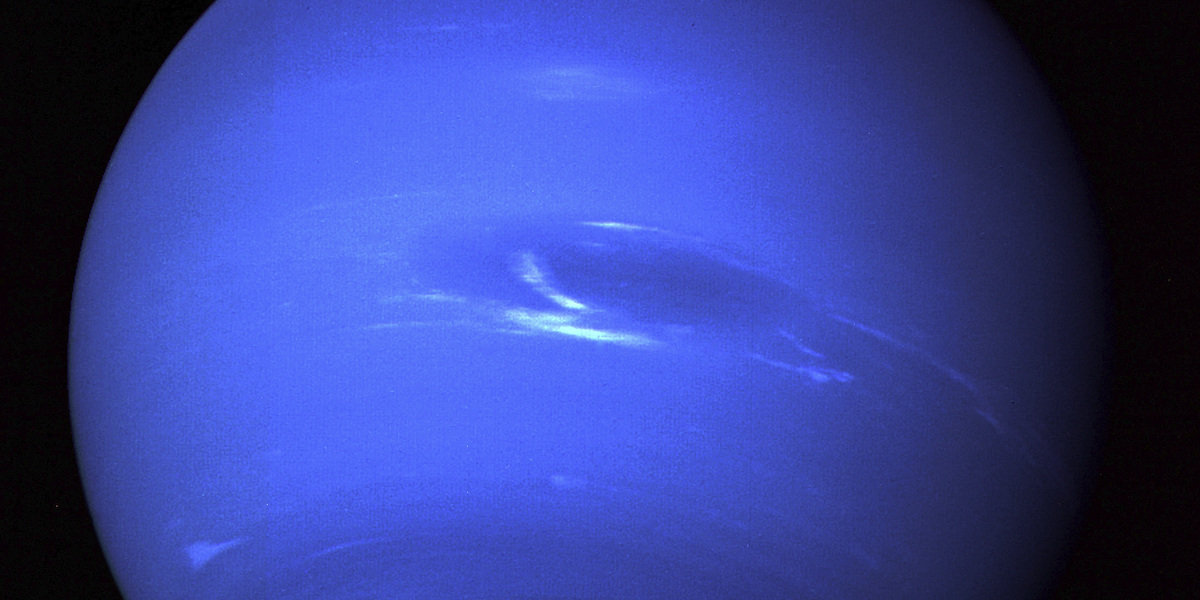In 1989, the Voyager 2 probe passed by Neptune, the eighth and furthest planet in the solar system from the Sun, and collected data that was then processed as images by NASA. Neptune appears in these images as a rather light blue color, and since then this is the color we associate with it and the one we see when searching for representations of it online. But this is not its true color, it is the color we would see if we were on a spaceship traveling near the planet. Neptune is actually cyan, i.e. very pale blue, a color somewhat similar to that of Uranus: this is explained study Just published in a scientific journal Monthly Notices of the Royal Astronomical Society.
New images reveal what Neptune and Uranus really look like: pic.twitter.com/e6Jah29mAv
– University of Oxford (@UniofOxford) January 5, 2024
The misunderstanding stems in part from the technology Voyager 2 used to image planets. He made it clear Oxford University astrophysicist Patrick Gerard Joseph Irwin is first author of the study, which is based on the RGB color rendering model, an acronym that stands for “red, green, blue.” In practice, to produce a single image of the planet, the probe recorded three different images: each containing information about the red, green, or blue component of the color of the planet in question, and only combined together could it reproduce the actual color. color.
However, the ultimate payoff of this process can change dramatically depending on how it is performed and the choices that are made. Parameters set differently can result in images appearing very different, as anyone who has used an Instagram filter to edit a photo taken with a smartphone knows.
At NASA He made it clear That, in the case of the Neptune images, the images were composed in a way that “highlights the clarity of small features, at the expense of color accuracy.” In particular, scientists made a conscious choice to make disturbances in the planet's atmosphere better visible. In fact, these are less clear in the more precise images created by the authors of the new study. In fact, astrophysicists have always known that Neptune's true color was not the one in the images released in 1989, but over time this information has mostly been lost in collective perception.
To get a more realistic picture of the planet, Irwin and his colleagues used data collected by the Hubble Space Telescope and others obtained by the Very Large Telescope (VLT) of the European Southern Observatory, located in Chile, and the images produced by these instruments more Modern images consist of pixels, each of which contains Information about all colors of the spectrum visible to the human eye, and is therefore more reliable than the images recorded by Voyager 2. Thanks to the information obtained, it has become possible to re-process the 1989 images to verify the color of Neptune at that time.
It was also proven in the same study that Uranus is slightly greener when one of its poles is facing the sun, that is, in the summer and winter seasons. Its color is slightly bluer in spring and fall.

“Internet trailblazer. Travelaholic. Passionate social media evangelist. Tv advocate.”







More Stories
Listen to the haunting sound of space thunder recorded on Venus in 1982
Watch a real video of the comet's surface
Moon and Earth photographed from 1.5 million kilometers away: Watch NASA's stunning video